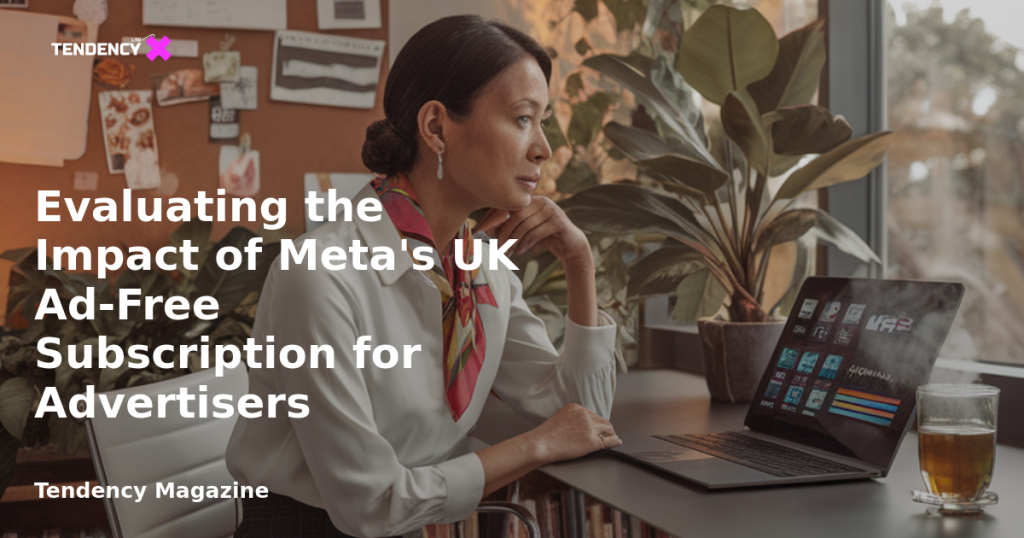Evaluating the Impact of Meta’s UK Ad-Free Subscription for Advertisers

Introduction
In recent developments, Meta has introduced an ad-free subscription option for users in the UK, priced at £2.99 per month for desktop access. This move has sparked discussions about its potential impact on advertisers. While some argue that it could be beneficial, the reality may not be as straightforward. This article delves into the implications of Meta’s ad-free subscription and what it means for advertisers in the UK.
Table of Contents
- Understanding Meta’s Ad-Free Subscription
- The Argument for Advertisers
- Challenges to the Argument
- Demographics and User Behavior
- Pricing Strategy and Market Penetration
- Long-Term Implications for Advertisers
- Conclusion
Understanding Meta’s Ad-Free Subscription
Meta’s decision to offer an ad-free subscription in the UK is part of a broader strategy to provide users with more control over their experience on platforms like Facebook and Instagram. For a monthly fee, users can enjoy a browsing experience without ads, which raises questions about how this will influence advertisers who rely on these platforms for reaching potential customers.
The Argument for Advertisers
Proponents of the ad-free subscription argue that it could refine the audience pool for advertisers. The reasoning is that users willing to pay to remove ads were unlikely to engage with them in the first place. By filtering out these users, the remaining audience might be more receptive to advertisements, potentially increasing the effectiveness of ad campaigns.
Challenges to the Argument
However, this perspective may oversimplify the situation. Users opting for an ad-free experience might not necessarily dislike ads altogether. Their decision could be motivated by a desire for a cleaner interface or to enhance their overall user experience. Additionally, past behavior suggests that even self-professed ad-averse individuals can be influenced by well-targeted and relevant ads.
Demographics and User Behavior
The demographic likely to subscribe to an ad-free service may include tech-savvy individuals who are comfortable with online transactions. These users, often considered power users, might still represent a valuable segment for advertisers. The assumption that they are not potential customers could lead to missed opportunities for targeted advertising.
Pricing Strategy and Market Penetration
Meta’s pricing strategy in the UK is notably lower than in the EU, suggesting an intent to encourage widespread adoption. This could lead to a higher uptake of the ad-free subscription, altering the composition of the user base. Advertisers might need to adjust their strategies to accommodate these changes and explore new ways to engage with both ad-free and ad-supported users.
Long-Term Implications for Advertisers
The introduction of ad-free subscriptions poses several long-term questions for advertisers. While it might initially seem like a challenge, it could also drive innovation in advertising strategies. Advertisers may need to focus on creating more engaging, non-intrusive content that resonates with users, regardless of their subscription status.
Moreover, as regulatory pressures mount, similar ad-free options could expand to other regions, further influencing global advertising dynamics. Advertisers must remain vigilant and adaptable to these shifts to maintain their competitive edge.
Conclusion
Meta’s ad-free subscription in the UK presents both challenges and opportunities for advertisers. While it might refine the audience pool, it also demands a reevaluation of advertising strategies to effectively engage with a potentially changing user base. As this model evolves, advertisers must stay informed and prepared to adapt to new trends in digital advertising. The impact of this initiative will unfold over time, making it crucial for advertisers to monitor developments closely and adjust their approaches accordingly.
2025 Tendency LTD. All rights reserved.

